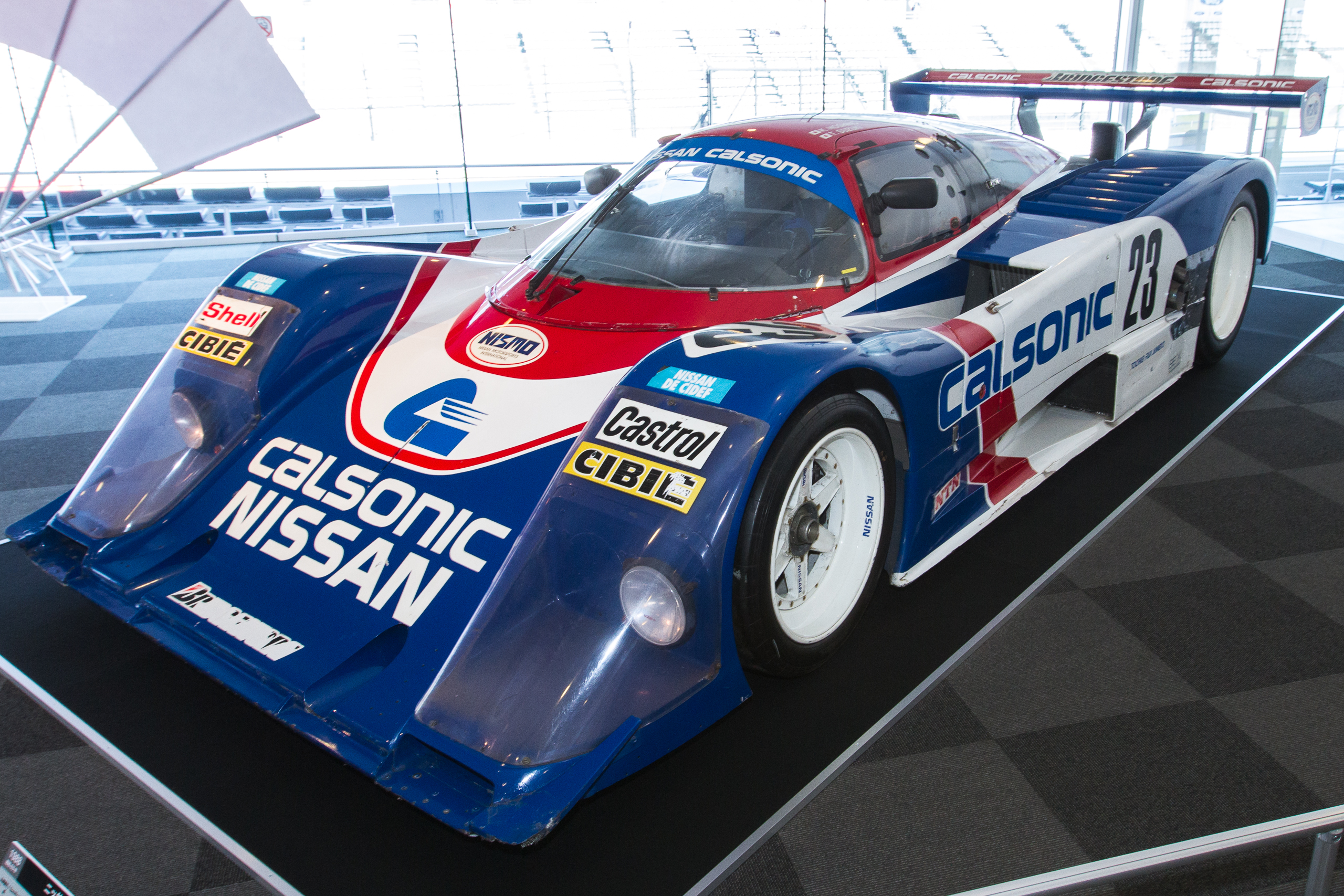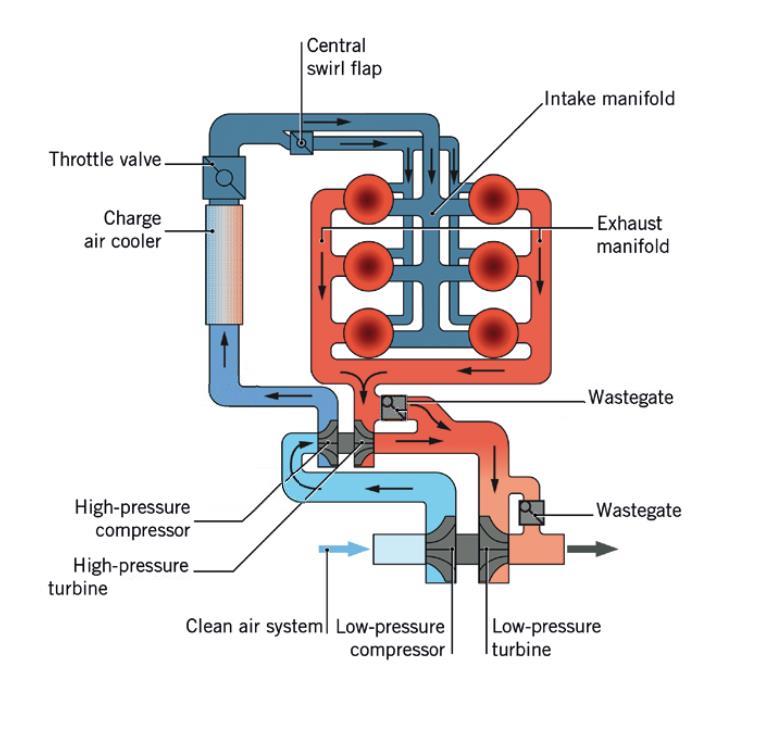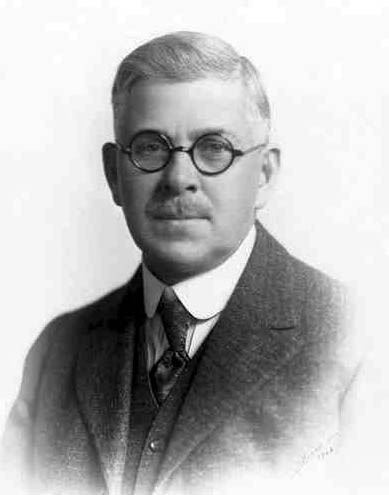|
Courage C41
The Courage C41 was a sports prototype racing car built by Courage Compétition in 1994, and used in international sports car races from 1995 until 1999. Designed by Paolo Catone, it initially used a 5-litre Chevrolet V8 engine, developed by Comptech, and later used the 3-litre twin-turbocharged flat-six engine from a Porsche 935, as well as an Oldsmobile V8. In 1998, two of the C41s were developed into the Courage C51, which used a 3-litre twin-turbocharged Nissan VRH35Z V8 engine, and was used in that year's 24 Hours of Le Mans. In 1999, the C41s were mostly converted to the C52 specification (although one retained its Porsche 935 flat six, and was developed into the C50, while another was entered as a Chevrolet-entered C41 in two events); this initially used a 3.5-litre twin-turbocharged Nissan VRH35L V8, which was then replaced by a 3.2-litre twin-turbocharged Peugeot A32 V6 engine for 2000. In 2000, the C41 line was replaced by the new C60. Design and development In 1994, ... [...More Info...] [...Related Items...] OR: [Wikipedia] [Google] [Baidu] |
Chevrolet
Chevrolet ( ), colloquially referred to as Chevy and formally the Chevrolet Motor Division of General Motors Company, is an American automobile division of the American manufacturer General Motors (GM). Louis Chevrolet (1878–1941) and ousted General Motors founder William C. Durant (1861–1947) started the company on November 3, 1911 as the Chevrolet Motor Car Company. Durant used the Chevrolet Motor Car Company to acquire a controlling stake in General Motors with a reverse merger occurring on May 2, 1918, and propelled himself back to the GM presidency. After Durant's second ousting in 1919, Alfred Sloan, with his maxim "a car for every purse and purpose", would pick the Chevrolet brand to become the volume leader in the General Motors family, selling mainstream vehicles to compete with Henry Ford's Model T in 1919 and overtaking Ford as the best-selling car in the United States by 1929 with the Chevrolet International. Chevrolet-branded vehicles are sold in most autom ... [...More Info...] [...Related Items...] OR: [Wikipedia] [Google] [Baidu] |
Nissan VRH35L
The Nissan VRH engine family consists of several racing engines built by Nissan Motor Company beginning in the late 1980s. All VRH engines are in a V8 configuration, with either natural aspiration or forced induction. Some VRH engines are loosely based on Nissan's production V8 engine blocks, including the VH and VK engines, while others were designed from the ground up for racing and share no components with production blocks. The name "VRH" comes from the engines' V configuration ("V"), their purpose as racing engines ("R"), and the fact that all of them have eight cylinders (with "H" being the eighth letter of the Latin alphabet). History In 1987, Nissan began work on an engine exclusively for race use; the result was the VEJ30 engine, developed by Yoshikazu Ishikawa. This engine was based on old technology, and was not a success. For 1988, the VEJ30 was improved by Yoshimasa Hayashi and renamed the VRH30. Changes included increasing the displacement to . This engine was, ... [...More Info...] [...Related Items...] OR: [Wikipedia] [Google] [Baidu] |
Dual Overhead Camshaft
An overhead camshaft (OHC) engine is a piston engine where the camshaft is located in the cylinder head above the combustion chamber. This contrasts with earlier overhead valve engines (OHV), where the camshaft is located below the combustion chamber in the engine block. ''Single overhead camshaft'' (SOHC) engines have one camshaft per bank of cylinders. ''Dual overhead camshaft'' (DOHC, also known as "twin-cam".) engines have two camshafts per bank. The first production car to use a DOHC engine was built in 1910. Use of DOHC engines slowly increased from the 1940s, leading to many automobiles by the early 2000s using DOHC engines. Design In an OHC engine, the camshaft is located at the top of the engine, above the combustion chamber. This contrasts the earlier overhead valve engine (OHV) and flathead engine configurations, where the camshaft is located down in the engine block. The valves in both OHC and OHV engines are located above the combustion chamber; however an OHV en ... [...More Info...] [...Related Items...] OR: [Wikipedia] [Google] [Baidu] |
Nissan VRH35Z
The Nissan VRH engine family consists of several racing engines built by Nissan Motor Company beginning in the late 1980s. All VRH engines are in a V8 configuration, with either natural aspiration or forced induction. Some VRH engines are loosely based on Nissan's production V8 engine blocks, including the VH and VK engines, while others were designed from the ground up for racing and share no components with production blocks. The name "VRH" comes from the engines' V configuration ("V"), their purpose as racing engines ("R"), and the fact that all of them have eight cylinders (with "H" being the eighth letter of the Latin alphabet). History In 1987, Nissan began work on an engine exclusively for race use; the result was the VEJ30 engine, developed by Yoshikazu Ishikawa. This engine was based on old technology, and was not a success. For 1988, the VEJ30 was improved by Yoshimasa Hayashi and renamed the VRH30. Changes included increasing the displacement to . This engine was, ... [...More Info...] [...Related Items...] OR: [Wikipedia] [Google] [Baidu] |
Twin-turbocharged
Twin-turbo (not to be confused with a twincharger setup, which is a combination of a supercharger and a turbocharger) refers to an engine in which two turbochargers work in tandem to compress the intake fuel/air mixture (or intake air, in the case of a direct-injection engine). The most common layout features two identical or mirrored turbochargers in parallel, each processing half of a V engine's produced exhaust through independent piping. The two turbochargers can either be matching or different sizes. Types and combinations There are three types of turbine setups used for twin-turbo setups: * Parallel * Sequential * Series These can be applied to any of the five types of compressor setups (which theoretically could have 15 different setups): * Compound Compressors * Staged Compound Compressors * Staged Sequential Compressors * Parallel Sequential Compressors * Parallel Compressors Parallel A parallel configuration refers to using two equally-sized turbochargers whic ... [...More Info...] [...Related Items...] OR: [Wikipedia] [Google] [Baidu] |
Flat-six Engine
A flat-six engine, also known as a horizontally opposed-six, is a six-cylinder piston engine with three cylinders on each side of a central crankshaft. The most common type of flat-six engine is the boxer-six engine, where each pair of opposed cylinders moves inwards and outwards at the same time. The advantages of the flat-six layout are good engine balance (for reduced vibration), a low center of gravity, short length (compared with an inline-six engine) and being well suited to air-cooling. The disadvantages are a large width (which can limit the maximum steering angle when used in a front-engined car), a large intake manifold being required when a central carburetor is used, and duplication of the inlet and outlet connections for water-cooled engines. The first production flat-six engine was in the 1904 ''Wilson-Pilcher 18/24 HP'' car. The most notable use of flat-six engines is the Porsche 911 sports car, which has used flat-six engines continuously since 1963. Several o ... [...More Info...] [...Related Items...] OR: [Wikipedia] [Google] [Baidu] |
Single Overhead Camshaft
An overhead camshaft (OHC) engine is a piston engine where the camshaft is located in the cylinder head above the combustion chamber. This contrasts with earlier overhead valve engines (OHV), where the camshaft is located below the combustion chamber in the engine block. ''Single overhead camshaft'' (SOHC) engines have one camshaft per bank of cylinders. ''Dual overhead camshaft'' (DOHC, also known as "twin-cam".) engines have two camshafts per bank. The first production car to use a DOHC engine was built in 1910. Use of DOHC engines slowly increased from the 1940s, leading to many automobiles by the early 2000s using DOHC engines. Design In an OHC engine, the camshaft is located at the top of the engine, above the combustion chamber. This contrasts the earlier overhead valve engine (OHV) and flathead engine configurations, where the camshaft is located down in the engine block. The valves in both OHC and OHV engines are located above the combustion chamber; however an OHV en ... [...More Info...] [...Related Items...] OR: [Wikipedia] [Google] [Baidu] |
Porsche 935
The Porsche 935 was a race car developed and manufactured by German automaker Porsche. Introduced in 1976 as the factory racing version of the Porsche 930, 911 (930) Turbo and prepared for Fédération Internationale de l'Automobile, FIA-Group 5 (racing), Group 5 rules, it was an evolution of the Porsche Carrera RSR, Carrera RSR 2.1 turbo prototype, the second place overall finisher in the 1974 24 Hours of Le Mans. Beginning with the 1977 World Championship for Makes season, 1977 season, Porsche offered the 935 to customers entering the World Championship for Makes, in the IMSA GT Championship and in the German Deutsche Rennsport Meisterschaft (DRM). The 935 went on to win the 1979 24 Hours of Le Mans overall, and other major endurance races, including Sebring, Daytona, and the 1,000 km Nürburgring. Of the 370 races it was entered, it won 123. Usually, no other make could challenge the 935, as other manufacturers did not supply customer cars as Porsche did. Each race, at the ... [...More Info...] [...Related Items...] OR: [Wikipedia] [Google] [Baidu] |
Oldsmobile
Oldsmobile or formally the Oldsmobile Division of General Motors was a brand of American automobiles, produced for most of its existence by General Motors. Originally established as "Olds Motor Vehicle Company" by Ransom E. Olds in 1897, it produced over 35 million vehicles, including at least 14 million built at its Lansing, Michigan factory alone. During its time as a division of General Motors, Oldsmobile slotted into the middle of GM's five (passenger car) divisions (above Chevrolet and Pontiac, but below Buick and Cadillac), and was noted for several groundbreaking technologies and designs. Oldsmobile's sales peaked at over one million annually from 1983 to 1986, but by the 1990s the division faced growing competition from premium import brands, and sales steadily declined. When it shut down in 2004, Oldsmobile was the oldest surviving American automobile marque, and one of the oldest in the world, after Mercedes-Benz, Peugeot, Renault, Fiat, Opel, Autocar and Tatra (i ... [...More Info...] [...Related Items...] OR: [Wikipedia] [Google] [Baidu] |
Rear Wheel Drive
Rear-wheel drive (RWD) is a form of engine and transmission layout used in motor vehicles, in which the engine drives the rear wheels only. Until the late 20th century, rear-wheel drive was the most common configuration for cars. Most rear-wheel drive vehicles feature a longitudinally-mounted engine at the front of the car. Layout The most common layout for a rear-wheel drive car is with the engine and transmission at the front of the car, mounted longitudinally. Other layouts of rear-wheel drive cars include front-mid engine, rear-mid engine, and rear-engine. Some manufacturers, such as Alfa Romeo, Lancia, Porsche (944, 924, 928) and Chevrolet (C5, C6, and C7 Corvettes), place the engine at the front of the car and the transmission at the rear of the car, in order to provide a more balanced weight distribution. This configuration is often referred to as a transaxle since the transmission and axle are one unit. History 1890s to 1960s Many of the cars built in the 19t ... [...More Info...] [...Related Items...] OR: [Wikipedia] [Google] [Baidu] |
Mid-engine
In automotive engineering, a mid-engine layout describes the placement of an automobile engine in front of the rear-wheel axles, but behind the front axle. History The mid-engine, rear-wheel-drive format can be considered the original layout of automobiles. A 1901 Autocar was the first gasoline-powered automobile to use a drive shaft and placed the engine under the seat. This pioneering vehicle is now in the collection of the Smithsonian Institution. Benefits Mounting the engine in the middle instead of the front of the vehicle puts more weight over the rear tires, so they have more traction and provide more assistance to the front tires in braking the vehicle, with less chance of rear-wheel lockup and less chance of a skid or spin out. If the mid-engine vehicle is also rear-drive the added weight on the rear tires can also improve acceleration on slippery surfaces, providing much of the benefit of all-wheel-drive without the added weight and expense of all-wheel-drive compon ... [...More Info...] [...Related Items...] OR: [Wikipedia] [Google] [Baidu] |


_-_Motor.jpg)



_pits.jpg)

